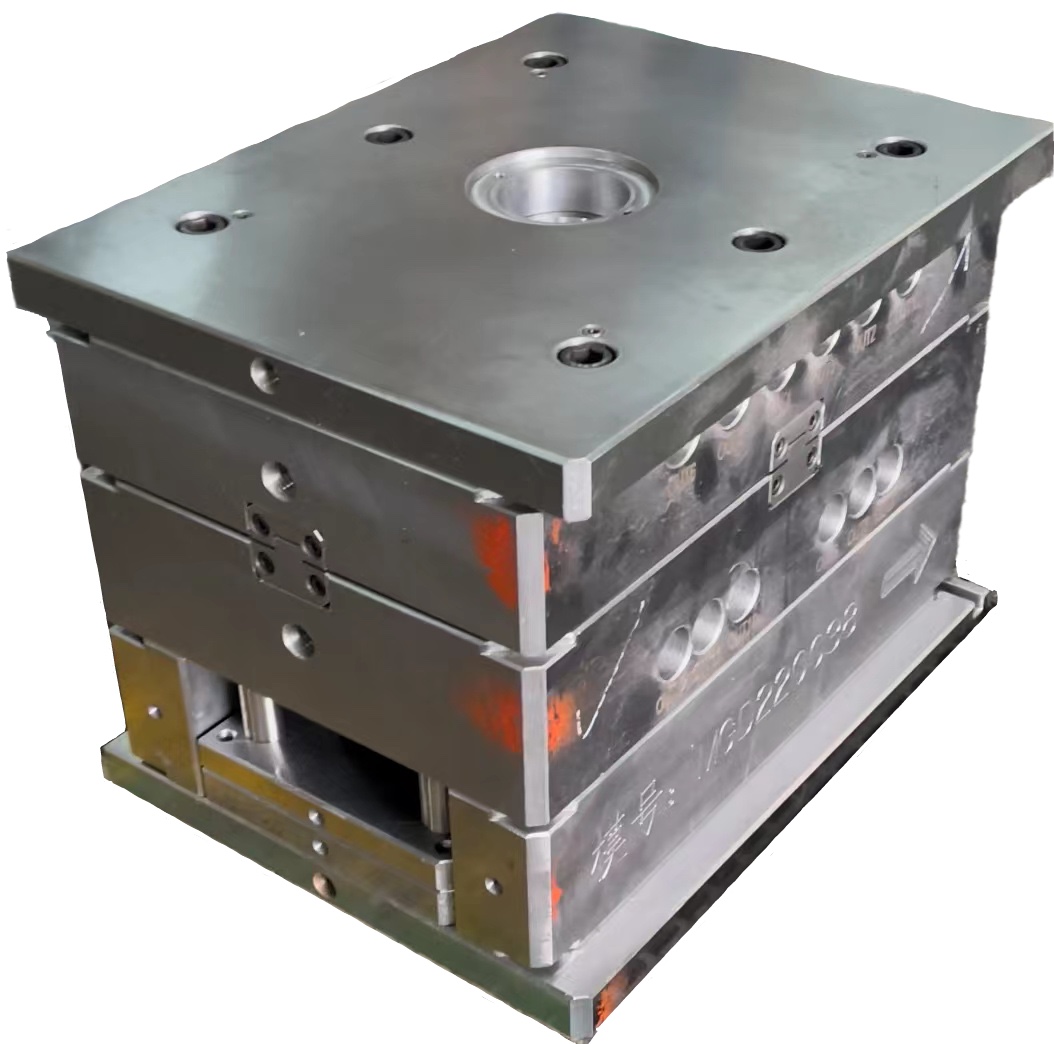The manufacturing industry in Singapore is known for its precision and quality. A crucial aspect contributing to this reputation is the choice of materials, particularly mold steel. This article explores the best mold steel options available for manufacturers in Singapore, evaluating their properties, applications, and benefits. By the end, you will have a clear understanding of how to make informed decisions regarding mold steel selection.
Understanding Mold Steel
Mold steel, also known as tool steel, is specially designed for the production of molds and dies used in manufacturing processes. It is characterized by its high hardness, wear resistance, and ability to withstand significant stress and temperature changes. The two main categories of mold steel are:
- Hot Work Tool Steel: Designed to withstand high temperatures during the manufacturing process.
- Cold Work Tool Steel: Suited for compressive strength and wear resistance at room temperature.
Factors Influencing the Choice of Mold Steel
Choosing the right mold steel is crucial for optimal performance and longevity of the molds. Here are several critical factors to consider:
- Hardness: The hardness of the mold steel impacts wear resistance.
- Toughness: Essential for preventing cracking under pressure.
- Corrosion Resistance: Vital for applications in humid environments, such as Singapore.
- Workability: Influences the ease of machining and shaping the material.
- Cost: A significant factor for project budgets.
Types of Mold Steel Suitable for Singapore's Manufacturing Needs
Here are some of the most recommended mold steel options for the manufacturing industry in Singapore:
| Mold Steel Type | Key Properties | Applications | Pros | Cons |
|---|---|---|---|---|
| H13 | Excellent thermal conductivity, high strength, good wear resistance | Hot forming tools, die-casting | Resists thermal fatigue | Higher cost |
| S7 | Shock resistance, toughness, hardenability | Cold work applications, shears | Good for impact resistance | Lower wear resistance |
| P20 | Excellent machinability, good toughness | Injection molds, general plastic molds | Cost-effective, easy to machine | Limited wear resistance |
| 420 Stainless Steel | Corrosion-resistant, good hardness | Injection molds, food and medical molds | Great for corrosive environments | More expensive than carbon steels |
A Comparative Analysis of Mold Steel Options
This section provides a comparative summary of the recommended mold steel types, focusing on their suitability for various manufacturing applications specific to Singapore’s climate and operational needs.
Performance vs. Cost
When selecting mold steel, it is essential to balance performance and cost. Often, higher quality steels come with increased costs, but they can lead to longer service times and reduced downtime. Here’s a concise comparison of performance vs. cost for the selected mold steels:
- H13: Higher cost, exceptional durability—ideal for high-temperature applications.
- S7: Mid-range cost, strong impact resistance allows for versatile use.
- P20: Lower cost, adequate for general applications, making it budget-friendly.
- 420 Stainless Steel: Higher cost due to corrosion resistance, excellent for the food and medical sectors.
Best Practices for Mold Steel Selection
To get the most out of your mold steel selection, consider the following best practices:
- Identify Your Production Requirements: Assess the specific demands of the manufacturing process.
- Evaluate the Environmental Conditions: Consider humidity and temperature variations in Singapore.
- Consult with Suppliers: Discuss possibilities with suppliers for tailored solutions.
- Perform Cost-Benefit Analysis: Analyze potential costs against the expected service life and performance.
Conclusion
In conclusion, selecting the right mold steel is vital for manufacturers in Singapore to ensure high-quality production and durability of molds. By understanding the various types of mold steel, considering the influencing factors, and following best practices, manufacturers can streamline their operations and enhance their output quality. As the manufacturing industry continues to evolve, making informed choices about materials will remain a key aspect of sustaining Singapore's reputation as a leader in precision manufacturing.

